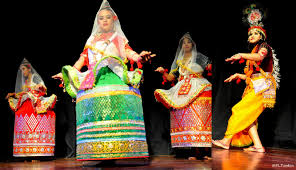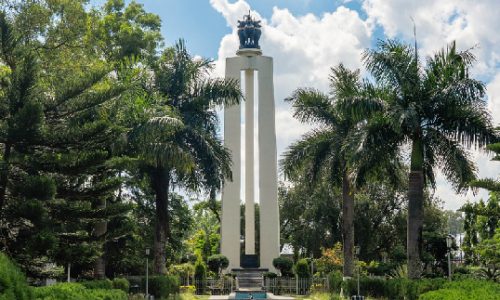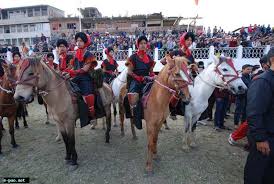Manipur, often called the “Jewel of India,” is a northeastern state with a history that dates back over two millennia. Nestled between Myanmar and India, Manipur has been a melting pot of cultures, wars, and dynasties. From its early mentions in the Mahabharata as Manipura to its role in World War II, Manipur’s past is a captivating blend of myth, valor, and resilience 17.
This blog explores Manipur’s history in depth, covering its ancient origins, medieval kingdoms, colonial struggles, and modern-day significance. Whether you’re a history enthusiast or a traveler curious about this region, this guide will take you through Manipur’s fascinating past.

Ancient History of Manipur (Pre-33 AD to 18th Century)
1. Early Settlements and Mythological Connections
Manipur’s history is deeply rooted in mythology and ancient chronicles. According to Meitei legends, the kingdom was established by Pakhangba, a dragon god, around 33 AD 7. The Cheitharol Kumbaba, Manipur’s royal chronicle, traces the lineage of Meitei kings, though some records are believed to have been redrafted in later centuries 7.
The region was originally known as Kangleipak or Meiteileipak before adopting the Sanskritized name Manipur (Land of Jewels) in the 18th century under King Gharib Nawaz 17.
2. Medieval Manipur: Dynasties and Conflicts
Manipur’s medieval period saw the rise of powerful kings like Kyamba (1467–1508), who expanded the kingdom’s influence. The Ningthouja dynasty ruled for centuries, fostering trade and cultural exchanges with neighboring regions like Burma (Myanmar) and Assam 7.
However, Manipur also faced invasions:
-
Burmese Invasions (18th–19th century): The Konbaung dynasty of Burma repeatedly attacked Manipur, leading to periods of Burmese occupation 7.
-
Anglo-Manipur War (1891): The British intervened after a royal succession dispute, leading to the defeat of Manipuri forces and the execution of Prince Bir Tikendrajit Singh 6.
Colonial Era and British Rule (1891–1947)
1. Manipur as a Princely State
After the Anglo-Manipur War, Manipur became a princely state under British suzerainty but retained internal autonomy. The British recognized its strategic location near Burma and used it as a buffer zone 17.
2. World War II and the Battle of Imphal (1944)
One of Manipur’s most significant historical events was the Battle of Imphal, where British and Indian forces halted the Japanese advance into India. This battle was a turning point in the Asia-Pacific theater 16.
Key sites from this era include:
-
Red Hill (Maibam Lokpaching) – A Japanese war memorial.
-
Imphal War Cemetery – Honoring Commonwealth soldiers 6.

Post-Independence: Manipur’s Journey to Statehood (1947–1972)
1. Accession to India (1949)
After India’s independence, Maharaja Bodhachandra Singh signed the Instrument of Accession, merging Manipur with India. However, the merger was controversial, as the elected Manipur State Assembly was not consulted, leading to long-standing insurgency movements 17.
2. From Union Territory to Full Statehood (1972)
Manipur initially became a Union Territory in 1956 before achieving full statehood on January 21, 1972 17.
Cultural Heritage of Manipur
Manipur’s history is incomplete without its vibrant culture:
1. Classical Dance & Music
-
Manipuri Raas Leela – A devotional dance depicting Radha-Krishna’s love 5.
-
Pung Cholom – A traditional drum dance 10.
2. Unique Festivals
-
Lai Haraoba – A spring festival celebrating Meitei deities 5.
-
Yaoshang – Manipur’s version of Holi with sports and dance 10.

Modern Manipur: Challenges & Progress
Today, Manipur remains a culturally rich but politically sensitive state. Key issues include:
-
Ethnic tensions between Meiteis, Nagas, and Kukis 1.
-
Economic growth through agriculture, handicrafts, and tourism 8.
Conclusion
Manipur’s history is a saga of ancient dynasties, colonial struggles, and cultural brilliance. From its mythological origins to its role in World War II, Manipur has shaped India’s northeastern heritage in profound ways.
For further reading, explore:







